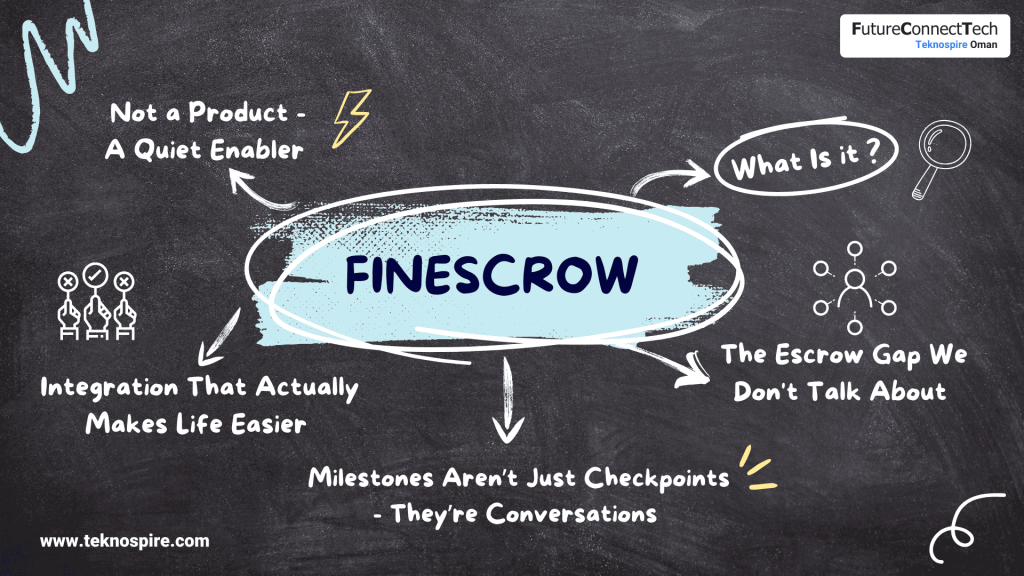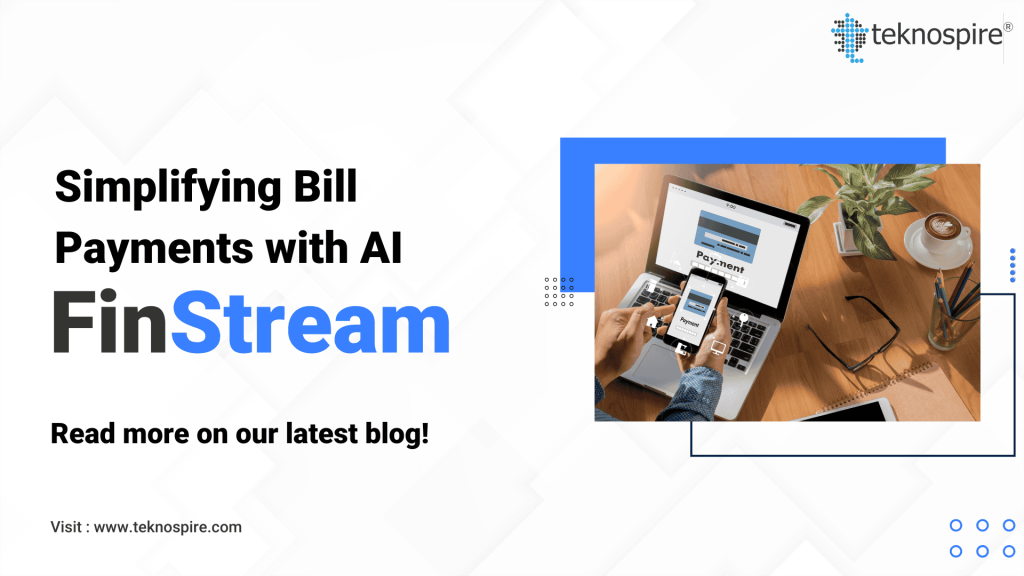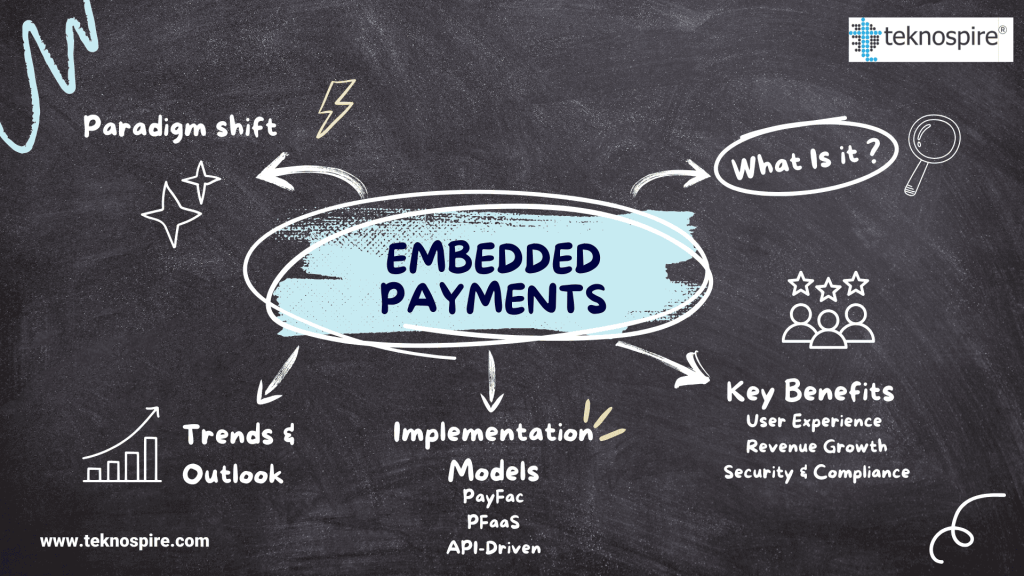Why Modern CFOs and Treasury Teams Need FinStream?
CFOs and their treasury teams are responsible for managing cash, controlling expenditures, and ensuring regulatory compliance. Known as ‘guardians’ of an organisation’s finances, we often find them engaged in reconciling bank statements, processing payments, preparing for audits and managing liquidity. However, this fast-paced world demands transformation in the role played by CFOs and treasury teams. They have now grown to be strategic partners responsible for shaping the future of the organisation by making better decisions using valuable financial data. But, how to consolidate all the scattered data and access it in real-time? Are there modern approaches to bring in a transformation from a reactive, manual approach to a proactive, data-driven one? This is where our liquidity management solution, FinStream, comes in – to handle the complexities of today’s financial ecosystem. Key Challenges Facing CFOs and Treasury Teams Governments and large conglomerates in the GCC and beyond struggle with fragmented and inefficient treasury operations. The current system presents several major pain points: With all these challenges, treasury banking heads and group CFOs find it essential to adapt to modern liquidity management solutions, such as Treasury Single Account (TSA) platforms. Why is a Treasury Single Account (TSA) Essential? In simple terms, a TSA solution addresses the challenges mentioned above by centralising cash management, automating treasury functions, enhancing risk management and providing real-time transaction monitoring. Our Single Account Treasury Management platform, FinStream, promises to be an essential part of large conglomerates as it enhances transparency and improves overall financial control by: How Finstream supports CFOs and Treasury Teams? FinStream’s true value lies in its ability to empower financial leaders with the features they need to succeed. The liquidity management solution allows financial leaders to: FinStream TSA is the Need of the Hour By now, we must have realised that accepting high operational costs, idle cash, and a reactive financial posture is no longer a choice. And, relying on a technological upgrade is no longer an option but a vital necessity for all conglomerates. FinStream’s smart features and powerful capabilities have led to a major shift in the way CFOs and treasury teams approach their roles, moving from being reactive guardians to proactive, strategic leaders. Time to leave behind all the scattered data and complex processes and walk through a modern financial ecosystem with the FinStream by their side. Connect with our experts to discover how the liquidity management solution can help you manage idle cash and optimise strategic capital through treasury automation. Frequently Asked Questions:





